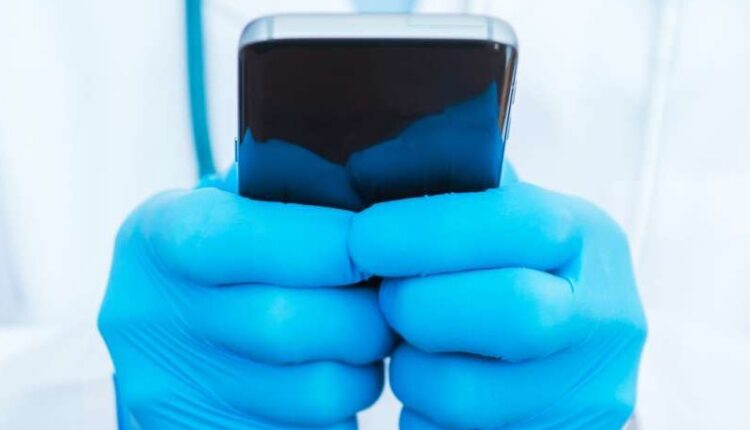©2021 Reporters Post24. All Rights Reserved.
Drug implants embedded in the body could deliver a dose of medicine at the touch of a smartphone button, ending the need for daily pills, scientists believe.
Swedish researchers have invented a new material which can trap the tiny biomolecules used in medication and release them when triggered by an electric pulse.
The breakthrough could allow the long-lasting “electronic pills” to be implanted in tissues or organs and doses given at regular intervals or when required.
It could be particularly useful for older people, who often struggle to remember to take multiple pills, and would allow drugs to be delivered to an exact spot in the body.
Currently when a pill is swallowed it washes through the whole system, which can potentially cause unwanted side-effects.
But embedding the drug-filled material into the exact location where it is needed, could allow much stronger doses to be given without the risk of damaging other parts of the body.
“You can imagine a doctor, or a computer program, measuring the need for a new dose of medicine in a patient, and a remote-controlled signal activating the release of the drug from the implant located in the very tissue or organ where it’s needed,” said doctoral student Gustav Ferrand-Drake del Castillo, the lead author of the study from Chalmers University of Technology in Gothenburg.
“The development of electronic implants is only one of several conceivable applications. Research that helps us to link electronics with biology at a molecular level is an important piece of the puzzle in such a direction.”
Implant only needs tiny amount of power
The material is lightweight and can survive in the fluctuating acidic and alkaline conditions of the body. And it is so thin that it requires only a tiny amount of power, provided by a nano-scale electrode, to make it release its cargo.
“Electronics in biological environments is often limited by the size of the battery and the moving mechanical parts,” added Mr Ferrand-Drake del Castillo.
“Activation at a molecular level reduces both the energy requirement and the need for moving parts.”
Several labs are working on ways to get drugs to specific places in the body. Last week, Stanford University released details of a tiny amphibious robot which can swim through bodily fluids and navigate obstacles to deliver medicine exactly where they need to go.
Harvard is also working on a micro-bot which can swim through bodily fluids using a propeller, driven by a magnetic field outside of the body.
Chemnitz University of Technology in Germany has designed a biohybrid robot based on swimming sperm cells.
The team is hopeful the technology could be used to deliver cancer-fighting drugs to the female reproductive tract and have already shown they can be manoeuvered towards a tumour in a dish.
The research was published in the journal Applied Chemistry.


